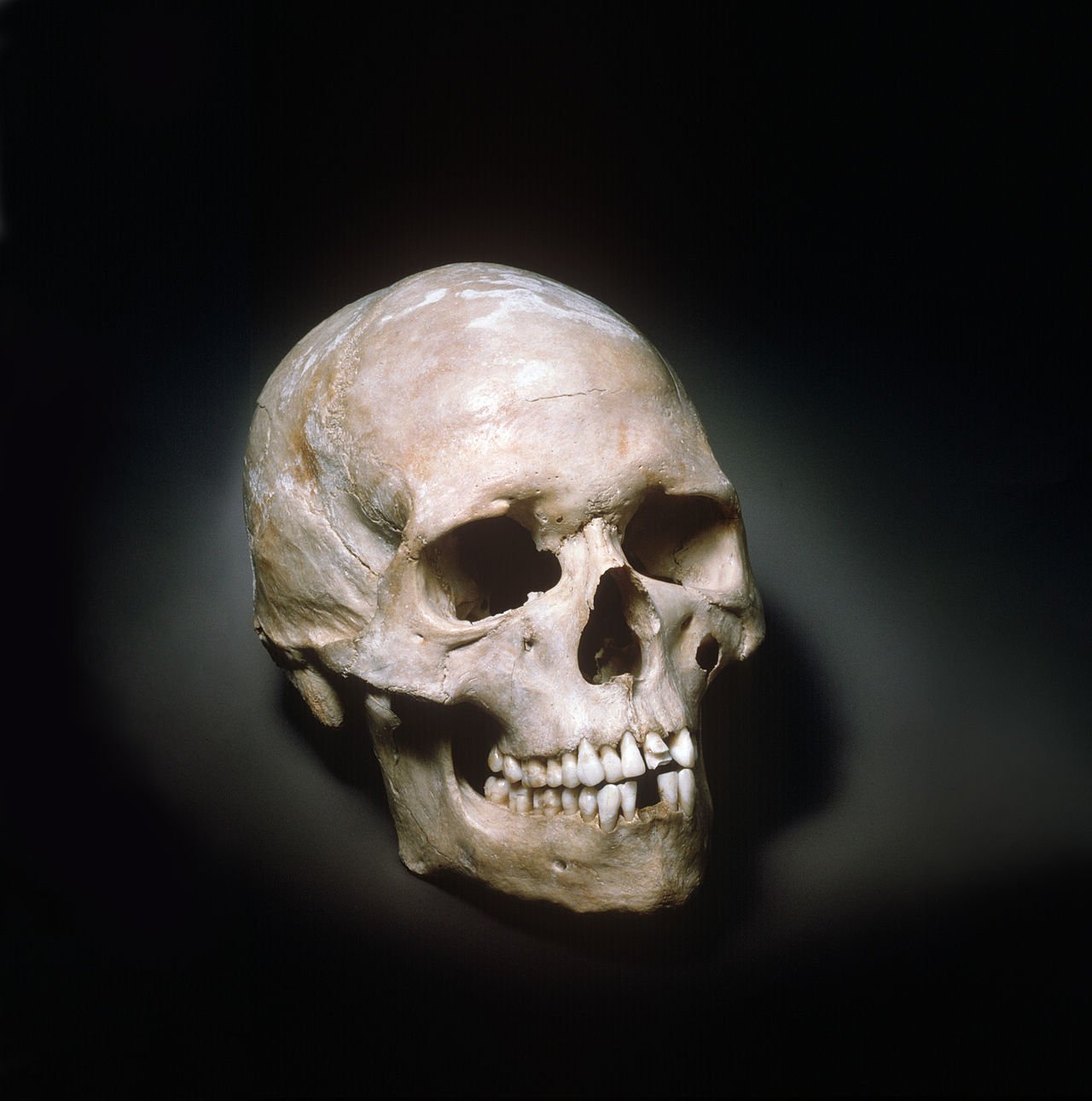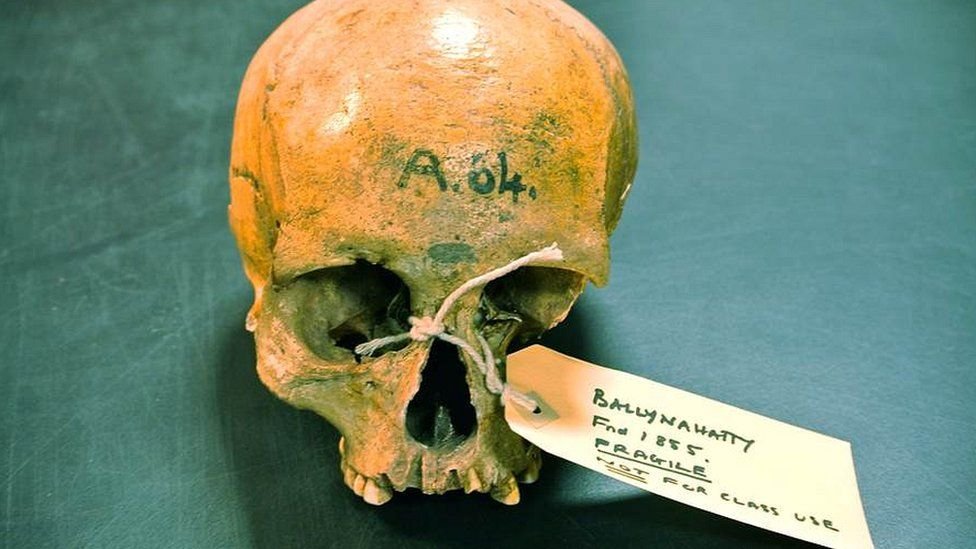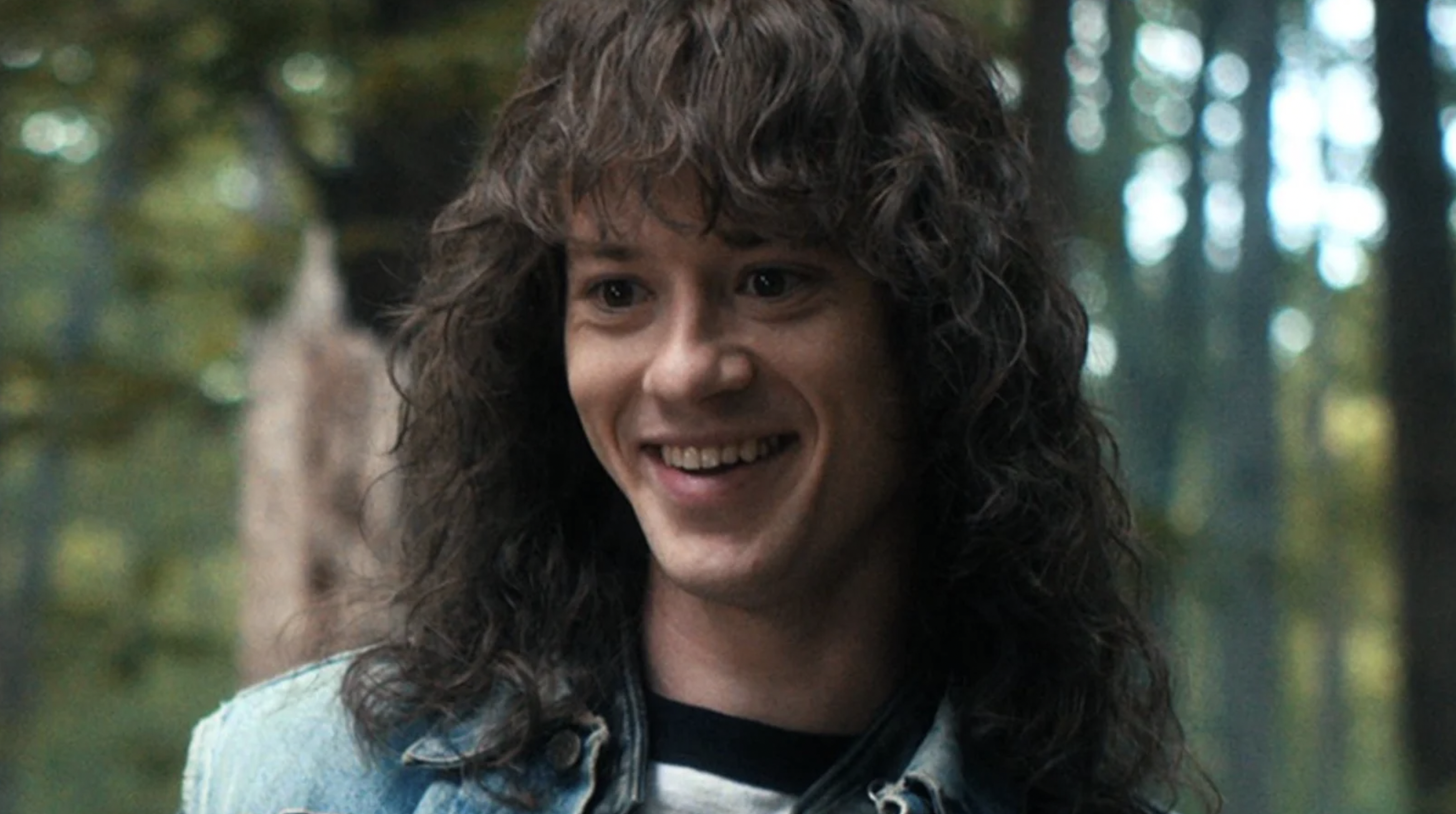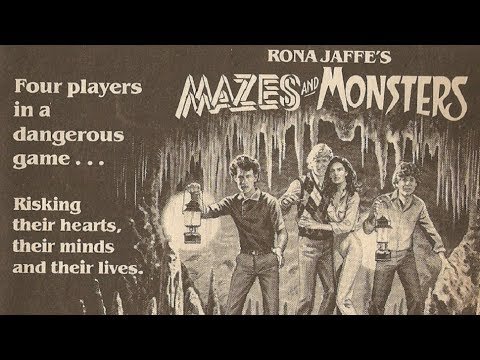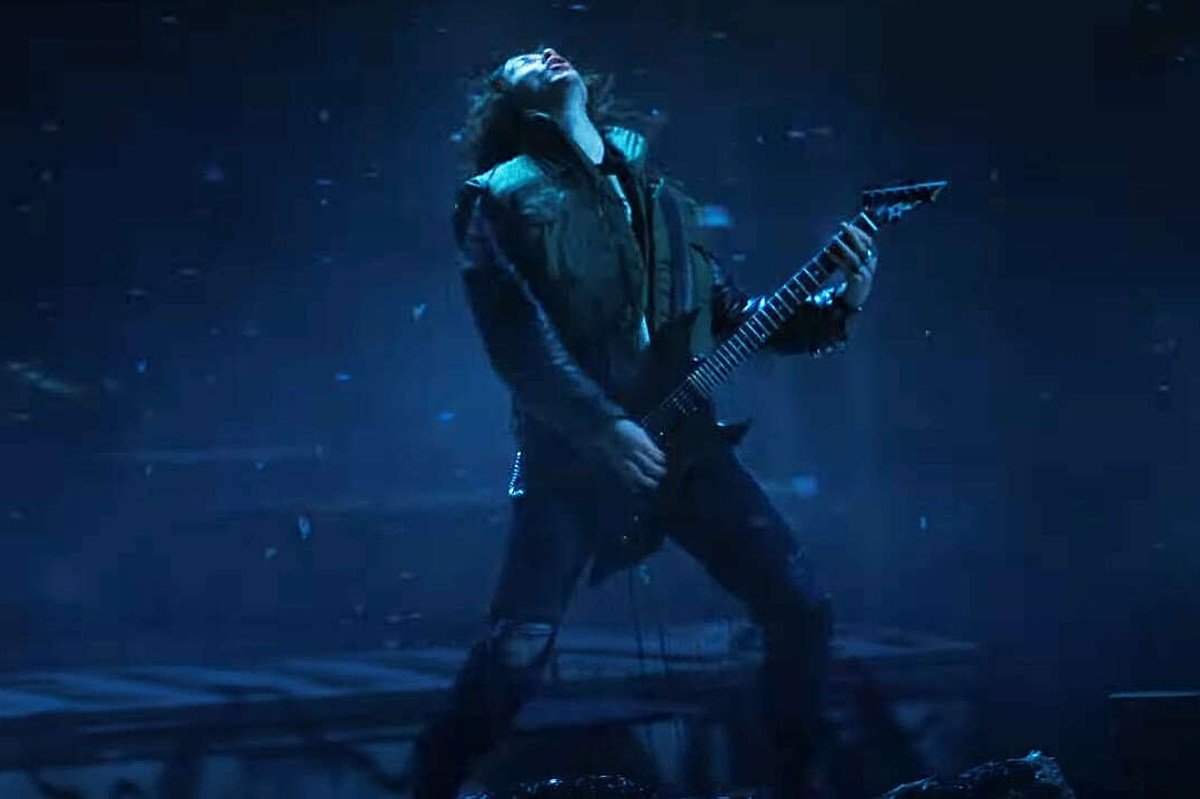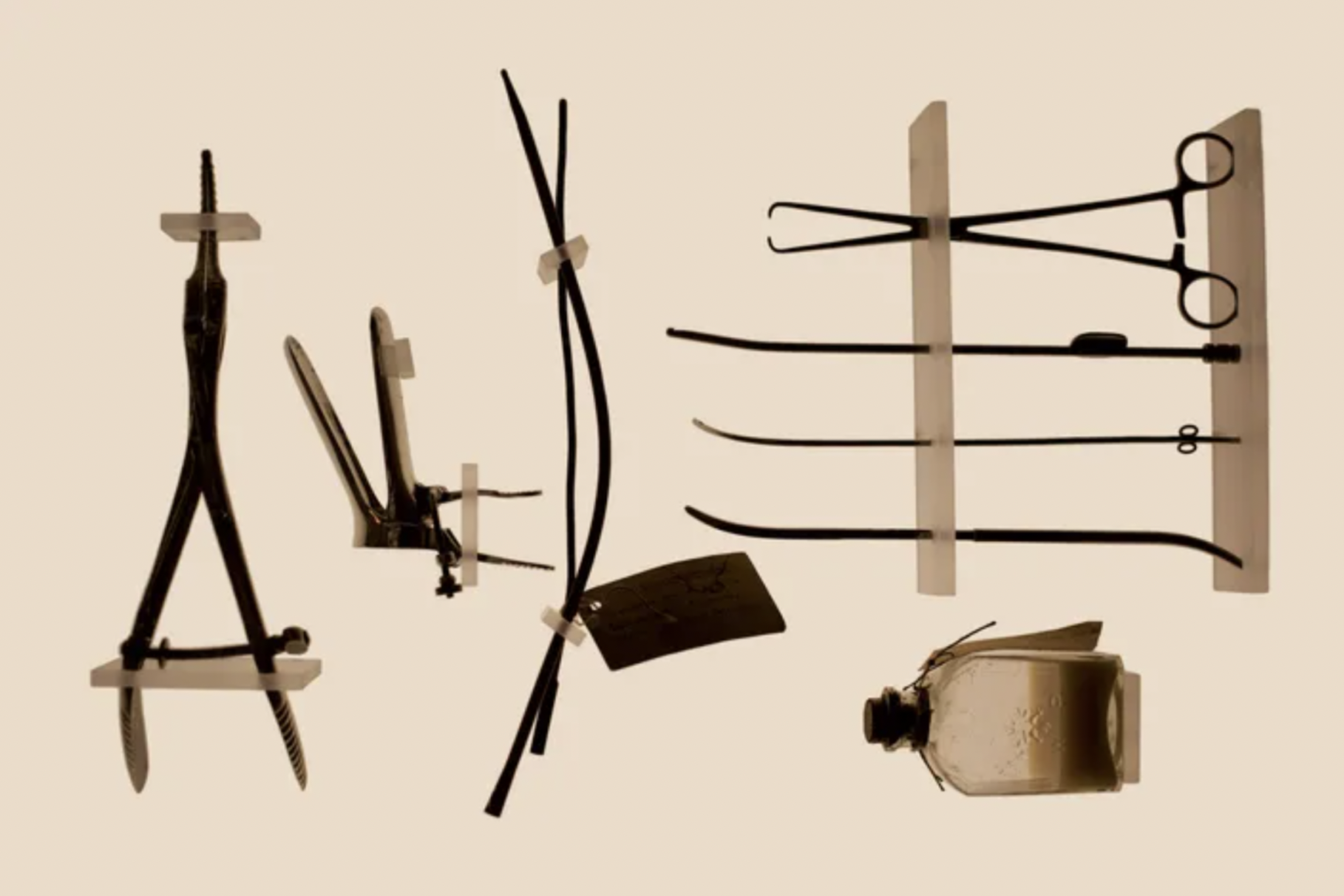Hear me out.
In the past several years, mushrooms’ mycelial networks have become demystified and celebrated, both as a key component of healthy forests and as an inspiration to human organizers and activists hoping to spark societal change.
“Mycelium mushrooms have been one of my greatest teachers of trust,” says Nigerian healer Adaku Utah. “The mycelium organism is a dynamic root system of mushrooms that utilizes trust as a mechanism to build and sustain a vast, reciprocal, underground network that connects the roots of trees and plants and skillfully shares nutrients and resources to support the health of the entire ecosystem with which it moves. … The network process also fosters intergenerational relationships that welcome the myriad of ancient wisdom and connections that reside in older trees to benefit younger trees. These mushrooms affirm a commitment to building relationships of trust that encourage all life to bloom.”
[Warning: Spoilers for episodes one through four of “The Last of Us” beyond this point]
Right now, thanks to “The Last of Us,” the excellent video-game adaptation airing on HBO, many of us are feeling uneasy about mushrooms and their subterranean networks. The zombielike monsters in the show are infected by a strain of cordyceps mushroom that forms mycelial connections; brush up against one of these beings, and you alert dozens or hundreds nearby. And these suckers are fast.
As I write this, I have not played the video game, and I don’t know how the story goes past episode four, “Please Hold My Hand.” But I have a theory: Although the infected humans are depicted as scary and ruthless (except, perhaps, for the one who tried to tenderly kiss Tess), I think the show is trying to tell us that these mycelial connections are superior to how many of the human characters are trying to operate.
In discussing the infected’s connections, podcaster Joanna Robinson points out, “There are no lies in something like that. You see something, I see it. You feel something, I feel it. There are no walls. That is a connected, thriving organism. By contrast, we get the hard shells that are around these various [human] characters because of their trauma.”
Even before the cordyceps outbreak began in 2003, the United States government (along with those other parts of the world) was dipping its toes into fascism. After 9/11, the U.S. further militarized its police force and stepped up security measures, particularly in airports and government buildings. In the show, after the outbreak, many surviving humans are rounded up in military vehicles and taken to quarantine zones, where they can be punished with public hanging for trying to leave. Many others are exterminated. The QZs are policed by FEDRA guards with rifles. Newly infected people are euthanized and burned.
In episode three, “Long, Long Time,” Frank accuses his partner, Bill, of mentally living “in a psycho bunker where 9/11 was an inside job and the government are all Nazis.” Bill correctly and hilariously shouts back, “THE GOVERNMENT ARE ALL NAZIS.”
He’s right, but his approach – for the first many years after the outbreak – is to hide out in a real bunker wallpapered with guns, in a neighborhood that he cordoned off with chain-link fences and barbed wire. It’s only when Frank falls into Bill’s trap that Bill realizes he needs connection and companionship more than he needs safety. Many years into their relationship, Bill says, “I was never afraid of anything until I met you,” but he says it with reverence.
Some viewers felt that “Long, Long Time” was a distraction from the main story, but I think it was trying to tell us something about connection – the human connection that Frank and Bill found in unlikely times, and the connection Joel fights so hard to avoid, even with Tess, who was his romantic companion for many years. Even with Ellie who, he tells her, is no more than cargo.
“The Last of Us” offers glimpses of mycelia-like networks among humans, including the resistance group known as the Fireflies, and the Kansas City community introduced in episode four, but they are few and far between. And even these clusters are walled off, protecting their own against outsiders. The infected humans, by contrast, welcome all comers. Their network is much more democratic, much less hierarchical.
Patrick Somerville, a writer for “Station Eleven,” another HBO adaptation that takes place in a post-outbreak future, commented on these human organisms on a recent podcast with Robinson and Mallory Rubin. “The people who survive in [‘The Last of Us’] are the people who do away with vertical power structures. And instead don’t have to be the alpha. They’re members of a community, together.”
He reflects this back to the community design in “Station Eleven,” which centers on a traveling theater troupe with a horizontal power structure. “No one has a trump card. You communicate. You humanize each other, remember how everyone’s feeling, and you solve the problem together. Group genius is bigger than individual genius.”
What Somerville is describing is mycelial network. A true community of equals.
We humans, we’ve been taught that we are superior to animal and plant kingdoms, despite the brilliant ways in which hives of bees, colonies of ants or networks of fungi communicate and work together without conflict or friction. That’s part of where the fear comes in, watching a show like “The Last of Us.” We fear the infected, in part, because they would strip us away from what makes us individual, what makes us separate.
But, to quote from “Station Eleven,” “To the monsters, we’re the monsters.”
I’m going to be watching “The Last of Us” with compassion and curiosity toward the infected. How about you?















